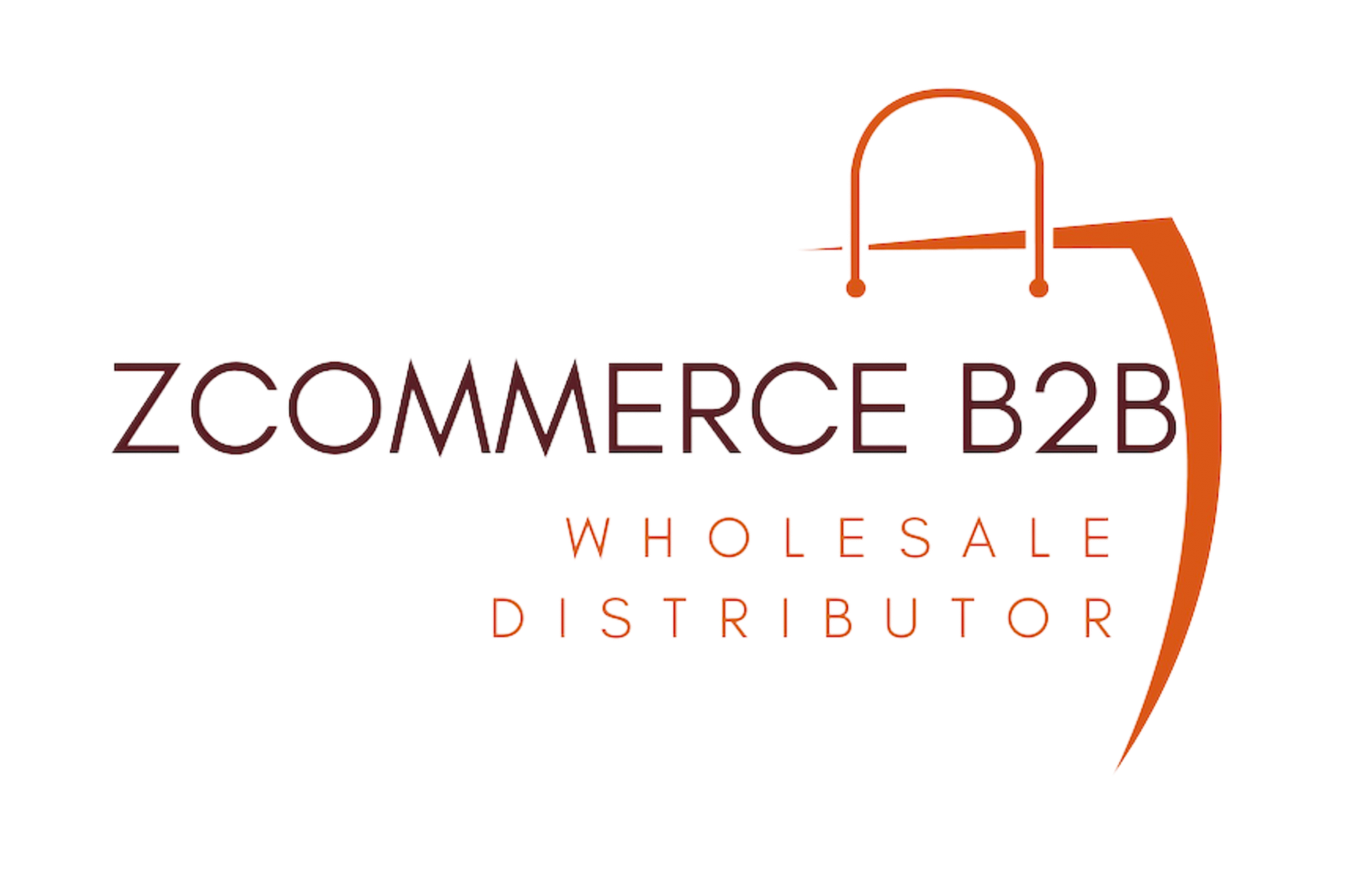
Welcome to our network of affiliates, where collaboration meets innovation to drive mutual success. At Z-Commerce Company, our affiliates are more than just partners; they are an integral part of our extended family, playing a crucial role in expanding our reach and enhancing our offerings. Each affiliate brings unique strengths and perspectives, enabling us to deliver unparalleled value to our customers. Together, we are committed to fostering growth, exploring new opportunities, and achieving excellence. Join us in this journey of collaboration and be a part of something truly transformative.
A great commerce experience cannot be distilled to a single number. It’s not a Lighthouse score, or a set of Core Web Vitals figures, although both are important inputs. A great commerce experience is a trilemma that carefully balances competing needs of delivering great customer experience, dynamic storefront capabilities, and long-term business — conversion, retention, re-engagement — objectives. As developers, we rightfully obsess about the customer experience, relentlessly working to squeeze every millisecond out of the critical rendering path, optimize input latency, and eliminate jank. At the limit, statically generated, edge delivered, and HTML-first pages look like the optimal strategy. That is until you are confronted with the realization that the next step function in improving conversion rates and business.
The term electronic commerce (ecommerce) refers to a business model that allows companies and individuals to buy and sell goods and services over the Internet. Ecommerce operates in four major market segments and can be conducted over computers, tablets, smartphones, and other smart devices. Nearly every imaginable product and service is available through ecommerce transactions, including books, music, plane tickets, and financial services such as stock investing and online banking. As such, it is considered a very disruptive technology.


Once that’s determined, you need to come up with a name and set up a legal structure, such as a corporation. Next, set up an ecommerce site with a payment gateway. For instance, a small business owner who runs a dress shop can set up a website promoting their clothing and other related products online and allow customers to make payments with a credit card or through a payment processing service, such as PayPal.
Ecommerce operates in all four of the following major market segments. These are:
- Business to business (B2B), which is the direct sale of goods and services between businesses
- Providing goods and services isn’t as easy as it may seem. It a lot of research about the products
- Consumer to consumer, which allows individuals to sell to one usually through a third-party site like eBay
- Services you wish to sell, the market, audience, competition, as as expected business costs.

